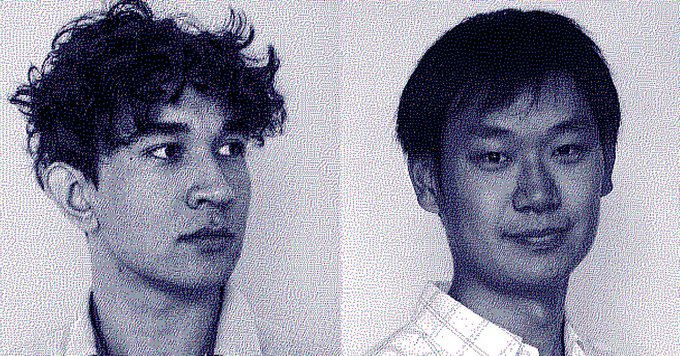EDWARD TIAN DIDN’T think of himself as a writer. As a computer science major at Princeton, he’d taken a couple of journalism classes, where he learned the basics of reporting, and his sunny affect and tinkerer’s curiosity endeared him to his teachers and classmates. But he describes his writing style at the time as “pretty bad”—formulaic and clunky. One of his journalism professors said that Tian was good at “pattern recognition,” which was helpful when producing news copy. So Tian was surprised when, sophomore year, he managed to secure a spot in John McPhee’s exclusive non-fiction writing seminar.
Every week, 16 students gathered to hear the legendary New Yorker writer dissect his craft. McPhee assigned exercises that forced them to think rigorously about words: Describe a piece of modern art on campus, or prune the Gettysburg Address for length. Using a projector and slides, McPhee shared hand-drawn diagrams that illustrated different ways he structured his own essays: a straight line, a triangle, a spiral. Tian remembers McPhee saying he couldn’t tell his students how to write, but he could at least help them find their own unique voice.
Mots-clés : cybersécurité, sécurité informatique, protection des données, menaces cybernétiques, veille cyber, analyse de vulnérabilités, sécurité des réseaux, cyberattaques, conformité RGPD, NIS2, DORA, PCIDSS, DEVSECOPS, eSANTE, intelligence artificielle, IA en cybersécurité, apprentissage automatique, deep learning, algorithmes de sécurité, détection des anomalies, systèmes intelligents, automatisation de la sécurité, IA pour la prévention des cyberattaques.






